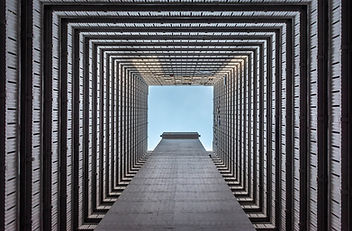

Francis de Sales
"AS SOON AS ANGER AGAINST ANOTHER PERSON CATCHES YOU OUT, BALANCE IT WITH AN EQUAL ACT OF KINDNESS BECAUSE FRESH HURTS ARE EASIER TO HEAL"



FAQ's
Where does the word Salesian come from?
The Salesians of Don Bosco are part of a broad tradition of spirituality rooted in the life and writings of St Francis de Sales (from whom the word Salesian comes). This spiritual tradition includes many religious orders all of whom have a heart-centred approach to people and a cheerful way of living and trusting in God’s goodness. Don Bosco adopted this spirituality for his work with young people and as a way of living in community.
How are the Salesians Organised
The Salesians of Don Bosco (SDB) are organised into provinces across the world with a provincial and a council to guide their life and work. Each province tries to respond to the needs of young people in their country through hard work and through living together in Gospel communities. You will find Salesians at work for young people in almost every country in the world. In Great Britain there are seventeen centres of work sustained by seven communities from Glasgow to Hampshire. The British province links in with other provinces in across North West Europe and all Provinces meet from across the world every six years.
What are the entry requirements for an SDB?
Anyone wanting to be an SDB needs to be able to work professionally with young people and so a basic qualification to a degree level or equivalent is essential. More importantly, a person needs to be a prayerful searcher for God's will and someone who is deeply concerned with the needs of young people. Living in community also means that SDBs need to be down to earth, balanced, generally cheerful and compassionate in their approach to others and also be aware of their own strengths and weaknesses. In the course of discernment these qualities will be explored as a way of life emerging within a person. It is when the personal gifts and needs of a searching person connect with the needs of the mission that a specific SDB vocation can be explored. We are not looking for perfect people but people who will grow to fullness of life through living in community and working for the young.
What does SDB training look like?
SDBs are prepared through a process of discernment with a spiritual director who will introduce them to the province and help SDBs to get to know the person in discernment.
When the spiritual director is confident that a person is ready for a community experience they are invited to live and work alongside a community to see what that might be like and to give a community the chance to support their process of discernment.
At some stage, again with the spiritual director's support, the experience of living in community can become more formal by an agreement between the community and the searching person (the candidate) to discern the way ahead together. This is called the pre-novitiate and will last at least six months but normally a full year.
Based on a shared discernment with the community the candidate will travel to a community that prepares SDBs through a dedicated year of spiritual learning and reflection. It is called a novitiate year, a year when novices continue to clarify and increase their commitment to living the rule of life laid out in the Salesian Constitutions. This year will probably be abroad and a shared experience with a large group of international novices.
At the end of this year the novice Salesian makes their first temporary vows. The next years will involve further church studies and a two year placement in a community although some further studies may also be needed as a teacher, social worker or youth worker.
After six years the SDB will make permanent vows and in many cases move towards more theological studies and eventually to priestly ordination at the service of the young.
Training, study, retreats and reflection continue to be part of an SDBs life. Salesian spirituality sees life as a home, a school, a playground and a church. School and learning are part of being alive and it never ends.

